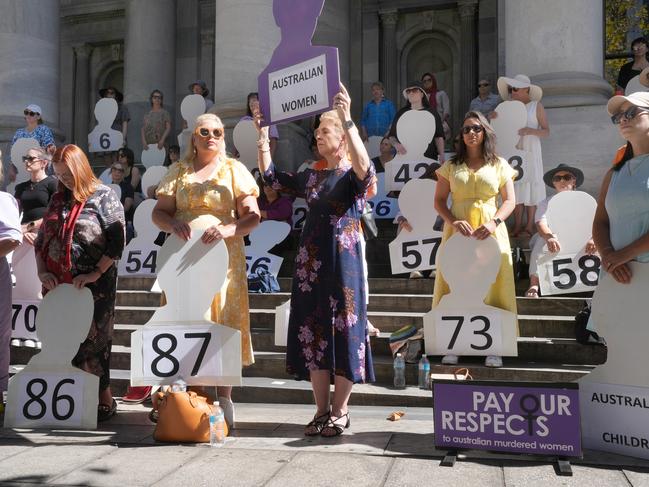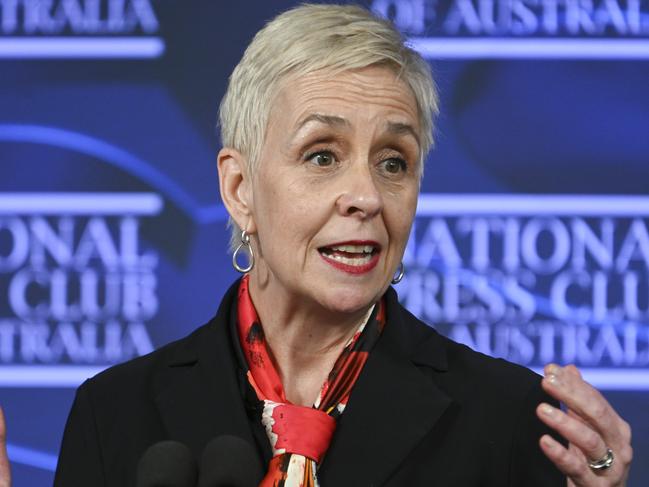Domestic violence deaths fall but crisis remains
Despite the number of Australian women killed by an intimate partner declining last year, the crisis remains acute for one group.

The number of Australian women killed by an intimate partner declined by almost 24 per cent last year compared to 2023, as advocates says the crisis must remain a priority for the national plan tackling family and domestic violence to have a lasting impact.
There were 35 women killed by a current or former intimate partner in 2024, compared to 46 murders the previous year, according to data collected from state and territory police by the Australian Institute of Criminology as part of the National Homicide Monitoring Program (NHMP).
The domestic violence crisis remains acute for Indigenous Australian women who made up 31 per cent of victims in 2024, up from about 21 per cent a year earlier, despite representing less than four per cent of the population.

Queensland had the most intimate partner murders last year with nine women killed by men close to them, while eight were killed in NSW, six in the Northern Territory, five in Western Australia and Victoria, one in Tasmania and the ACT, and no deaths that met the criteria for the period in South Australia.
Domestic, Family, and Sexual Violence Commissioner Micaela Cronin said the institute’s collection of data was important to build the evidence base to inform effective responses to the scourge plaguing Australian society, but acknowledged its “limitations”.
“This (data) captures one aspect of domestic and family violence related deaths,” she said.
“Every life lost represents a profound tragedy, and it is essential that our focus remains on the full picture of domestic and family violence, including the impact on people who live with the consequences of violence every single day, and the action needed to prevent further harm.”
Ms Cronin said she was concerned about the distressing statistics for homicides involving Indigenous women, which reinforced what their communities had “long been calling attention to”.
“Urgent systemic reform is needed to address the specific risks faced by First Nations women and children,” she said.

Ms Cronin said the government’s work developing Australia’s first stand-alone national plan for First Nations communities would guide a “whole of society approach” to addressing the unacceptable rates of violence.
The Albanese Government has invested more than $4 billion to respond to the DV crisis, including funding better data collection, with a similar investment into legal services that support women in need.
The institute has counted all cases where offenders have been charged with murder or manslaughter, the offender died prior to arrest but would have been charge, or the incident was “cleared otherwise” for inclusion, such as upon legal advice.
A final three months of data from Queensland was yet to be reported, however it is understood the institute is not expecting the figures to change.
The data differs from other statistics collated by several grassroots and advocacy organisations, which generally track more broader cases of gender-based violence beyond intimate partner murder.
More Coverage
Originally published as Domestic violence deaths fall but crisis remains





